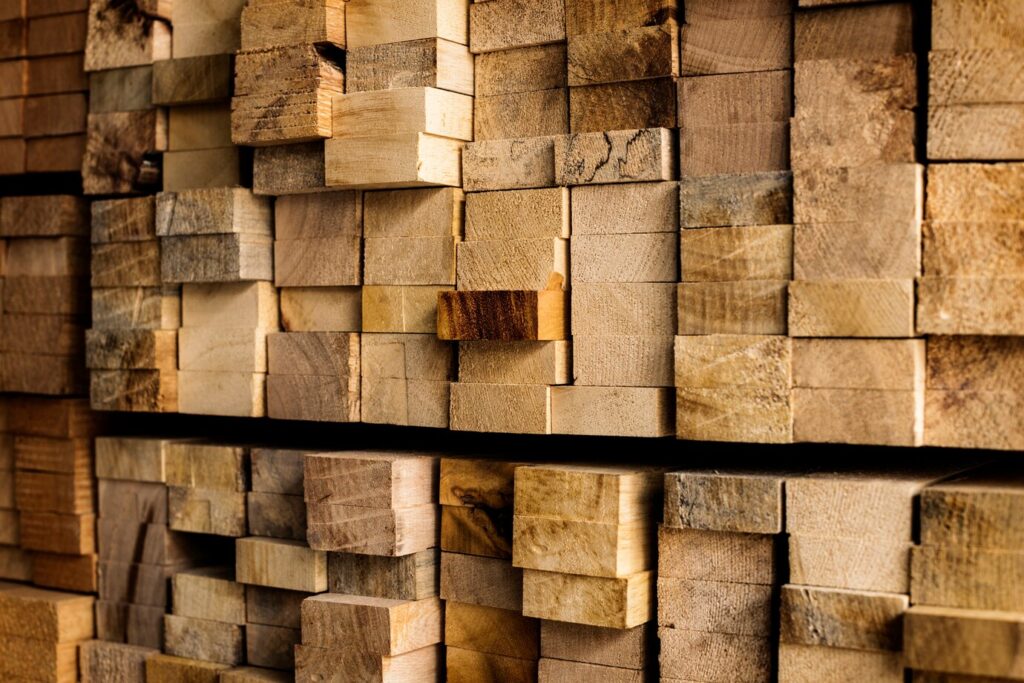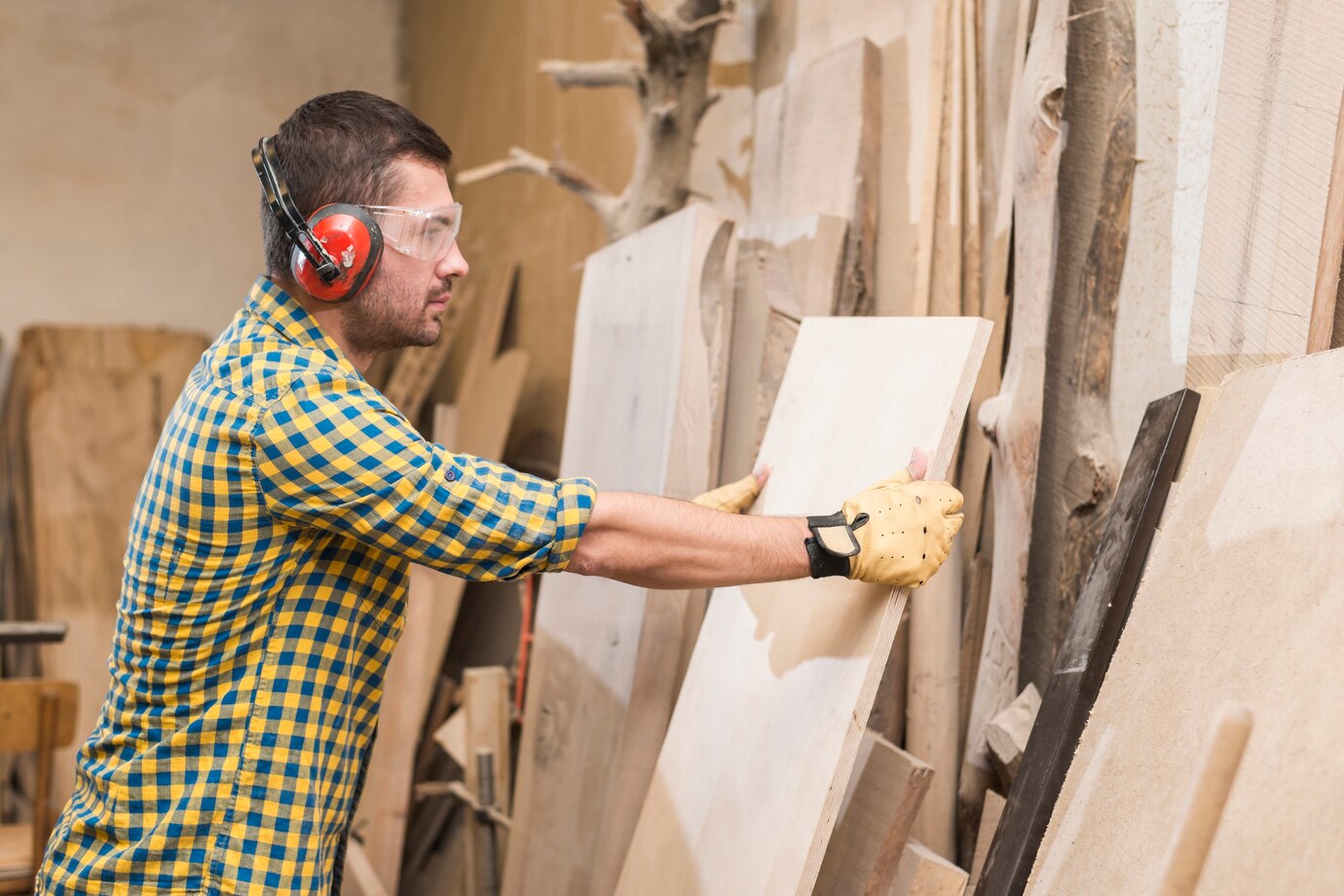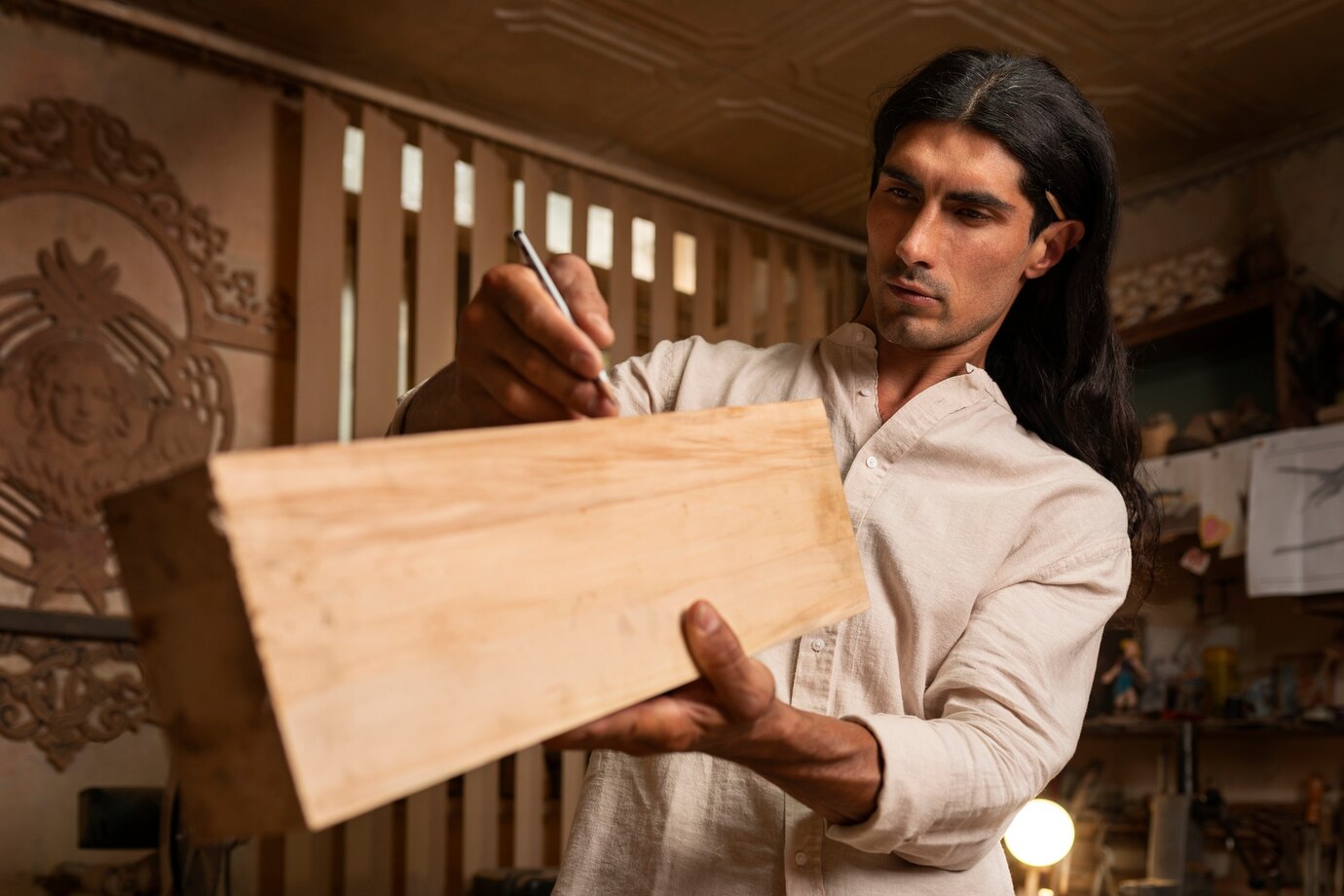The DIY & Crafts Blog

How to Choose the Right Wood for Your DIY Projects
Selecting the right wood is crucial for the success of any DIY project. The type of wood you choose can impact durability, appearance, ease of work, and cost.
Whether you’re building furniture, adorning your home, or crafting outdoor art, knowing your wood options is key. Selecting the right lumber guarantees your masterpiece will be both useful and stunning.
In this wood selection guide, we’ll delve into the best wood for your projects. From softwoods to hardwoods, we’ll break down their benefits and drawbacks. Choosing the right type hinges on your specific needs and desires.
We’ll also touch on critical factors like cost, workability, and environmental impact. Together, we’ll help you make an informed decision that speaks to your creativity.
Types of Wood for DIY Projects

1. Softwoods
Softwoods are derived from coniferous trees and are generally easier to cut and shape, making them a great choice for beginners. They are widely used in construction, furniture making, and even decorative DIY crafts.
Common Softwoods:
- Pine – Affordable, lightweight, and easy to work with; ideal for furniture and shelving. It absorbs stains well but can be prone to dents and scratches.
- Cedar– naturally resistant to moisture and insects. It’s perfect for outdoor projects like garden planters, fences, and decking.
- Fir – Strong and inexpensive but may have visible knots; used for framing and structural projects. It holds nails and screws well, making it ideal for DIY constructions.
- Spruce – Another budget-friendly option commonly used in framing and general woodworking. It has a fine, even texture that makes it easy to work with.
Pros of Softwoods:
- Affordable and widely available
- Easy to cut, sand, and stain
- Lightweight yet durable for many DIY projects
- Readily accepts finishes, making it versatile for different aesthetics
Cons of Softwoods:
- Less durable than hardwoods
- Can dent or scratch more easily
- Some varieties contain knots, which may be harder to work around in detailed projects
Softwoods are an excellent starting point for DIY enthusiasts looking for simple woodworking ideas, as they are easier to handle and more cost-effective.
2. Hardwoods
Hardwoods come from deciduous trees and are denser, making them more durable but also harder to work with. These woods are commonly used for high-end furniture, flooring, and intricate wood carvings.
Common Hardwoods:
- Oak is extremely durable and strong; great for furniture and flooring. It has a beautiful grain pattern and takes stains well.
- Maple is strong and wears well. It is often found in cutting boards, cabinets, and tabletops. Its smooth texture allows for precise detailing.
- Walnut has a dark, rich colour and a stunning grain. It’s perfect for high-end furniture, musical instruments, and decorative woodworking.
- Cherry has a fine grain and a rich reddish colour. It darkens over time, which makes it a favourite for elegant furniture.
- Mahogany is a top-quality hardwood known for its great durability and beautiful reddish-brown colour. It is often used in fine woodworking projects.
Pros of Hardwoods:
- Highly durable and long-lasting
- Beautiful grain patterns and finishes
- Resistant to scratches and dents
- Ideal for furniture and decorative pieces
Cons of Hardwoods:
- More expensive than softwoods
- Harder to cut and shape, requiring sharper tools and more effort
- Some hardwoods, like walnut and mahogany, can be difficult to source affordably
When it comes to projects demanding strength and style, choose high-quality hardwood. This choice stands as a testament to durability and elegance. Many experts endorse hardwoods as the ultimate wood for projects facing heavy wear or moisture. With hardwood, you’re investing in both beauty and brawn for your creations.
Factors to Consider When Choosing Wood

1. Project Type
The type of wood you select should align with the intended use of your project.
- For furniture and home decor, hardwoods like oak, walnut, or maple offer durability and elegance.
- For outdoor projects, cedar and pressure-treated pine are excellent choices due to their resistance to moisture and insects.
- For craft projects or temporary structures, softwoods such as pine and spruce are affordable and easy to manipulate.
2. Workability
If you’re a beginner, softwoods like pine are easier to handle. They require basic woodworking tools and techniques. For detailed carvings or joinery, hardwoods like walnut or maple work well. However, they need more skills and better tools.
3. Budget
Cost is a major factor in any DIY project. Softwoods are budget-friendly and abundant, perfect for your wallet-savvy needs. They bring warmth to projects without breaking the bank. Hardwoods might cost more, but they offer stunning beauty and great strength. If you want elegance, these strong timbers last long. They show off both strength and beauty.
Wood Type
Average Cost (Per Board Foot):
- Pine: $2 – $5
- Cedar: $4 – $9
- Oak: $6 – $15
- Walnut: $10 – $20
- Mahogany: $8 – $18
4. Aesthetic Appeal
Different woods offer unique grains and colours. Oak and walnut provide a rich, luxurious look, while pine offers a lighter, rustic feel. If you plan to stain or paint your project, ensure the wood type absorbs the finish well.
5. Environmental Impact
Sustainable sourcing is an important consideration when selecting wood. Seek out FSC-certified wood—the hallmark of responsibly managed forests. This ensures sustainability while supporting our planet. Consider using reclaimed wood, too; it’s an eco-friendly gem. Each piece tells a unique story, adding character to your DIY creations. Elevate your projects with materials that care for nature as much as you do!
6. Durability & Strength
If your project requires strong load-bearing capabilities, opt for hardwoods like oak or maple. For lightweight, decorative pieces, softwoods such as cedar and pine can work well.
Tips for Working with Different Types of Wood

- Always pre-drill holes when working with hardwoods to prevent splitting.
- Sand softwoods properly before staining to achieve a smooth finish.
- Use appropriate adhesives. Some woods, like oily hardwoods, require special wood glue.
- Use a protective finish to help your project last longer, especially outdoors.
- Store wood properly and keep it in a dry, well-ventilated area to prevent warping.
Conclusion
Picking the right wood for projects is key. It ensures quality, durability, and a great look. Choose a softwood for easy handling or a hardwood for strength and beauty. This wood selection guide helps you make a smart choice.
When selecting wood, consider factors such as cost, workability, durability, and sustainability. A well-chosen wood type can make all the difference in the success of your DIY project.
Begin your next woodworking project with confidence. You’ve chosen the right material for the job. Which type of wood do you prefer for your DIY projects? Let us know in the comments!









